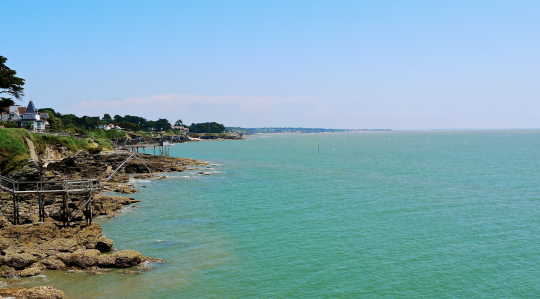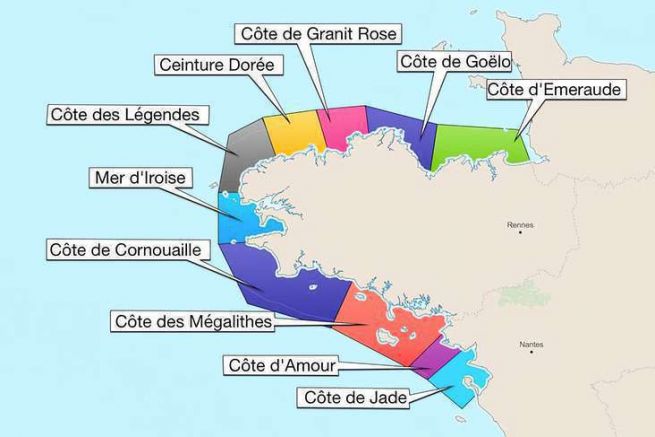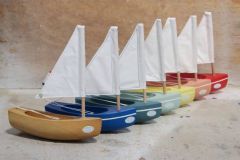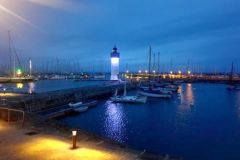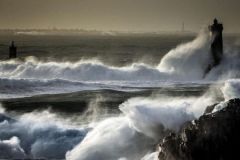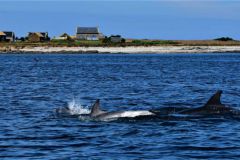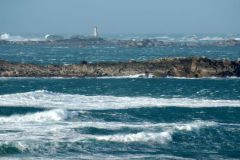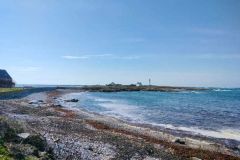From the Atlantic Loire to Ille-et-Vilaine, the Breton coasts have more than 1?000 km of coastline. It is thus the French metropolitan region with the largest seafront. Steep cliffs, long sandy beaches, low coasts or sheltered bays make up the different stretches of coastline that stretch from Cancale to Les-Moutiers-en-Retz. And so each one has its own name.
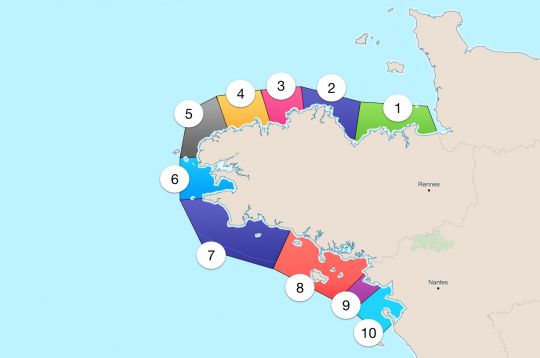
1 - Emerald Coast
This coast straddling Ille-et-Vilaine and Côtes-d'Armor stretches from the Pointe du Grouin in Cancale to Cap Fréhel in Plévenon. It owes its name to the Malouin Eugène Herpin, a French lawyer and historian, who in 1890 described the colour of the sea as emerald green.
The Emerald Coast is one of the most touristic sites in Brittany as it is home to the famous Sillon beach in Saint-Malo, but also the town of Dinard.
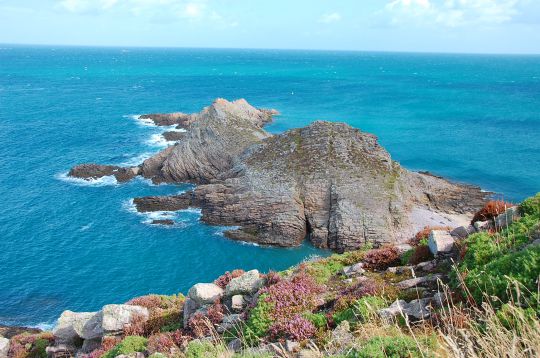
2 - Goëlo Coast
This coast, which extends from Cap Fréhel to Perros-Guirec, is none other than an ancient Breton county dating from 1137 - the Pagus Gouelou - which included the northwest of the former bishopric of Saint-Brieuc and extended to the mouth of the Trieux.
You will find everything that makes up the richness of Brittany: its beaches, islands, fishing ports and cliffs.
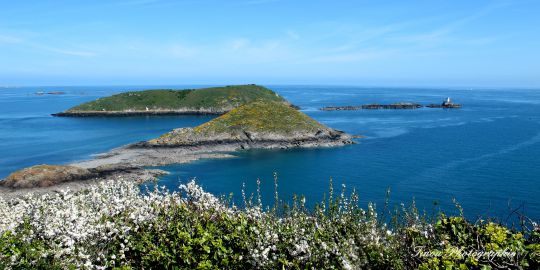
3 - Pink Granite Coast
It is certainly one of the best known of the coasts bretonnes?! Aod ar vein ruz (which means coast of red stones in Breton) is a coastal area of the English Channel, located in the Côtes-d'Armor between Perros-Guirec and Trébeurden. It owes its name to the pinkish colour of the granite which extends over 10 km and its singularity (there are only 3 pink granite coasts in the world, in Brittany, Corsica and China), makes it a tourist mecca.
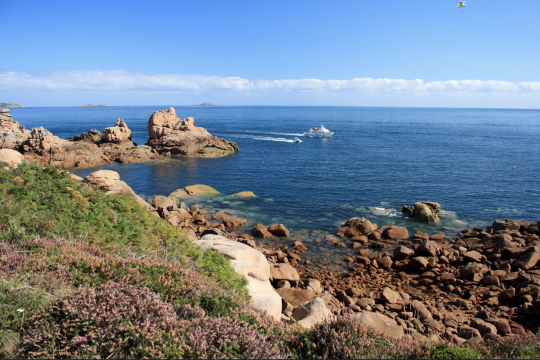
4 - Golden Belt
The Golden Belt extends from Trébeurden to Brignogan-Plages, in the Bay of Morlaix, and covers parts of the departments of Côtes-d'Armor and Finistère. Its extremely mild climate has favoured market gardening. The term "Golden Belt" appeared in 1880 because of the vegetable and floral exploitation that provided a lot of wealth in this region.
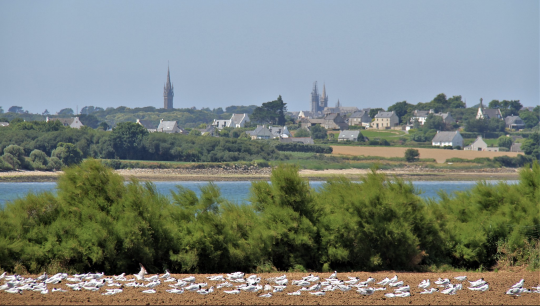
5 - Coast of Legends
The Côte des Légendes is located in Finistère, between Brignogan-Plages and Plougonvelin and is also the Bay of Abers. It owes its name to the legend that says that giants had fun throwing rocks into the water, which today would form these piles of pebbles scattered along the coast.
It is also known as the coast of the shipwreckers because at that time some farmers used to light fires to attract ships to the coast, which would then run aground on these submerged stones. All the villagers could do then was to plunder the boats.
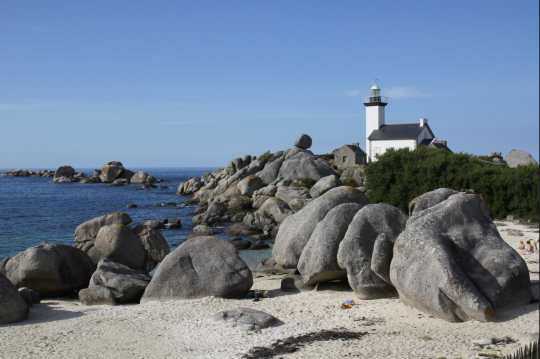
6 - Mer d'Iroise
The Iroise Sea stretches from Plougonvelin to the Pointe du Raz and includes the communes of Brest, Crozon and Douarnenez. The Mer d'Iroise is known for its trapping reefs and strong tidal currents, but above all for its impressive winter storms.
One walks on its steep cliffs via numerous coastal hiking trails that offer breathtaking scenery. Although we don't really know where it got its name - perhaps from the Irish who came to settle in Brittany in the 6th century - it has been official since the 20th century.
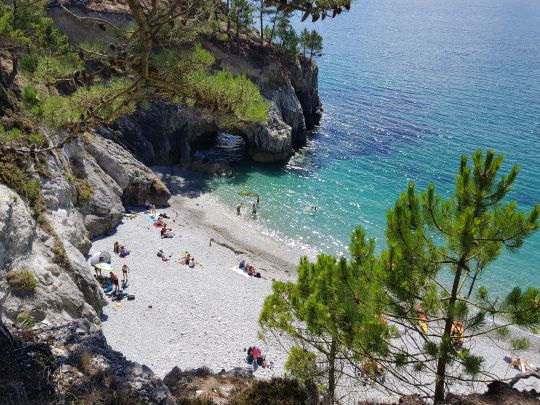
7 - Cornwall Coast
The Côte de Cornouaille stretches from the Pointe du Raz to Pont-Aven, in the Finistère region, including the communes of Bénodet, Concarneau and Penmarch. Several hypotheses could explain this name:
- Breton immigrants from the 5th century would have given it this name in memory of their region of origin, the Cornwall area (with an S), in England.
- This name of Anglo-Saxon origin meaning "the land of foreigners" would have been given by the Anglo-Saxon invaders to designate the territory of the Celts across the Channel.
- In Latin, Cornouaille is called Cornugallia, which would mean "the corner of Gaul", or Breton Cornwall.
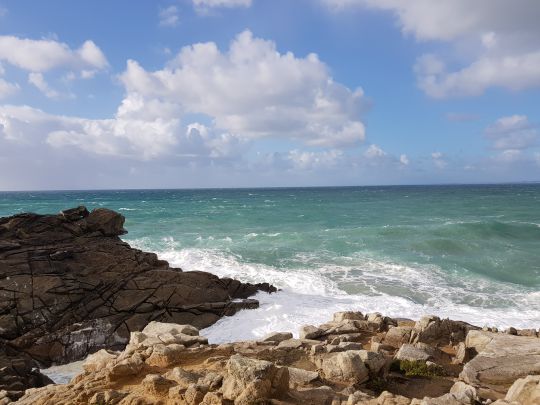
8 - Côte des Mégalithes
Lorient, Quiberon, Carnac and Vannes are among the communes of the Côte des Mégalithes, which stretches from Pont-Aven to Mesquer. Welcome to Morbihan?! It owes its name to the megalithic remains and numerous alignments that can be found on the land, but rather concerns the region of Carnac. However, this name is rarely used to designate this part of the Morbihannaise coast. For it is indeed the bay of Quiberon and its famous "Côte Sauvage" which pulls the blanket to it.
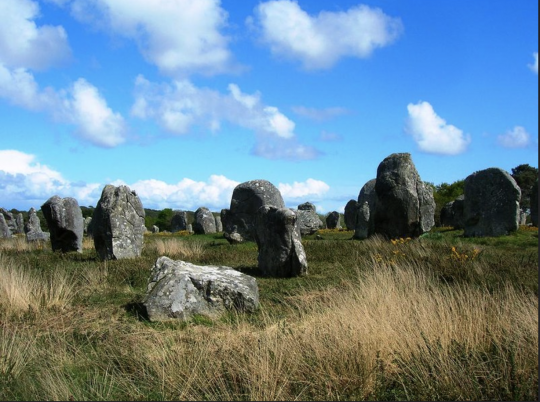
9 - Cote d'Amour
The Cote d'Amour refers to the French coastline of Loire-Atlantique, from Mesquer to the mouth of the Loire at Saint-Nazaire, and owes its name to the newspaper of La Baule The Seagull . In 1911, the weekly asked its readers to choose a name for the coastline that stretched from Pornichet to Pouliguen.
The results were proclaimed on July 5, 1913. Cote d'Amour received 361 votes against 163 for Côte de Saphir, 51 for Côte Guérandaise and 41 for Côte de Diamant. It was only in 1918 that the name began to appear on postcards.
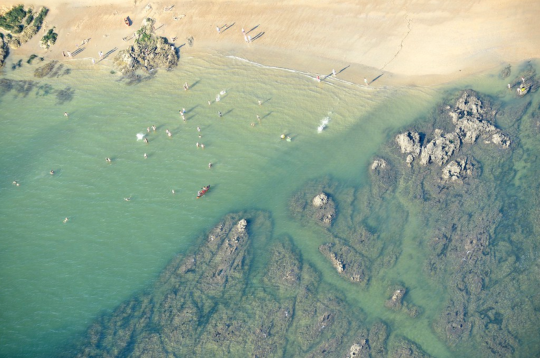
10 - Jade Coast
The Côte de Jade covers the coastal area of the Pays de Retz in Loire-Atlantique, from Saint-Brevin-les-Pins to Moutiers-en-Retz. While there are long sandy beaches bordered by small cliffs in the north, in the south, the coast is wilder.
At the beginning of the 20th century, seaside tourism was developing, and many French coasts already had a nickname. This is not the case in the Pays de Retz. In the 1930s, the mayor of La Bernerie-en-Retz was asked to find the appellation that would distinguish this part of the Loire Atlantique. And as he puts on his jade-coloured socks, he can't help but compare them to the colour of the sea along the coast.
Be careful, however, if in summer the sea is translucent with green reflections, in winter it is rather brown.
